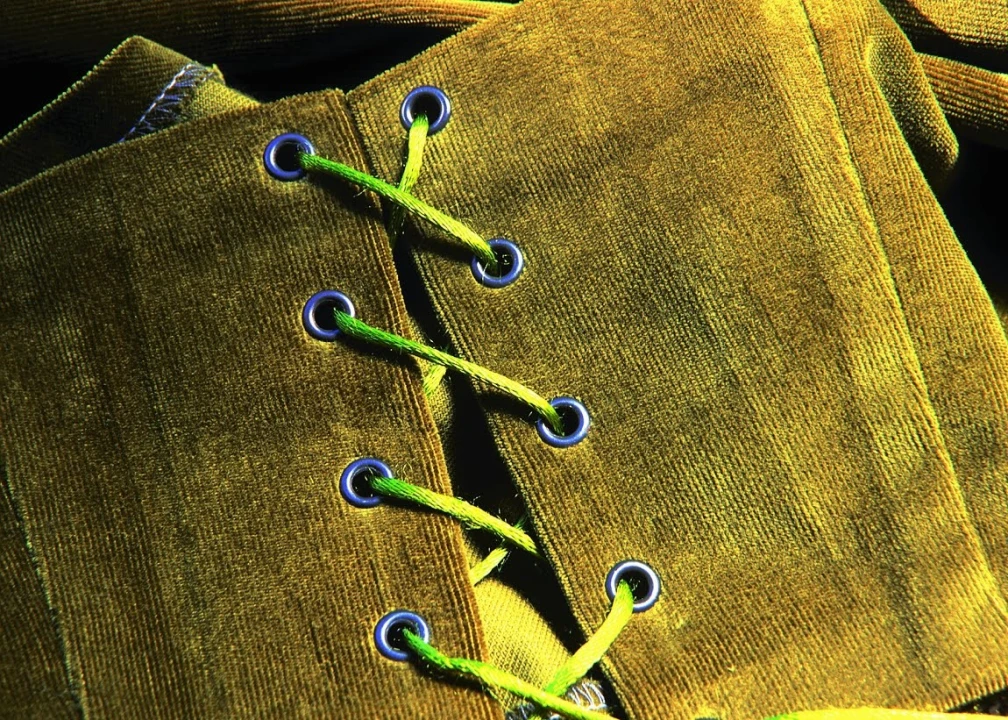The name velvet comes from the Latin “vellus”, due to the characteristic dense pile on the right side of the fabric. Originally produced in the East, its use spread among the wealthier classes of the West in the 13th century. Velvet began to be produced in Italy in the 1500s, a time when a clear distinction was made between fabrics for clothing and those used for furnishings. Although wool and silk velvets are available, the most widely used variety is undoubtedly cotton velvet.
Its use in various garments, including jackets, trousers, berets, and different types of weaving, including smooth or ribbed, make velvet a versatile fabric suitable for any style. Velvet was probably brought to Sardinia by the Catalans, and it was known there for centuries as “terciopelo alla spagnola” (“Spanish velvet”). Despite its name, the fabric was manufactured in Italy for the rest of Europe as a whole.
It was only in the second half of the nineteenth century, however, that velvet became popular, when, at the vanguard of a host of industrially manufactured fabrics, such as twill, baize and fustian, it changed the traditional male dress code.
The first items of men’s tailored clothing were made by the young Aurelio Pinu in 1954, the year in which he opened his workshop in the small city of Nuoro.
The young Sardinian returned home with the experience he had gained working in French ateliers, where he had learned the techniques and secrets of the art of tailoring.The production of velvet clothing and cotton shirts in a style reminiscent of traditional Sardinian dress is now a main feature of interest and attraction for overseas residents, tourists and VIPs.
The velvet
The velvet tailoring work and resources have become organised over time, and can now offer tailor-made garments and a wide range of quality articles to meet men’s needs, as well as ready-to-wear clothing, knitwear, underwear and accessories.
Tailor-made clothing, whether classic, ceremonial, traditional Sardinian or casual, remains the jewel in the crown and is always stylish, with an elegance that is the mark of experience.
The local area
Nuoro province, in the heart of Sardinia, occupies the mountainous central area and much of the island’s eastern coast, as well as a short portion of the western coast.
Lying between the provinces of Sassari to the North, Oristano to the West and Cagliari to the South, with its 100 municipalities, it has one the lowest population densities in Italy.
It has a diversified orographic configuration, from the gentle slopes of the Mandrolisai valleys to the harsh coastal cliffs that alternate with wide stretches of sand: the provincial territory touches the sea and includes plains, plateaus, hills and mountains.
Sarcidano lies in the south-western portion of the province. This is an area of Jurassic limestone, with deep valleys surrounding the Santa Sofia plateau, covered by holm oaks, hop hornbeams and junipers, and home to wild boars, martens, jays and goshawks.
By Camera di Commercio di Nuoro with Unioncamere




